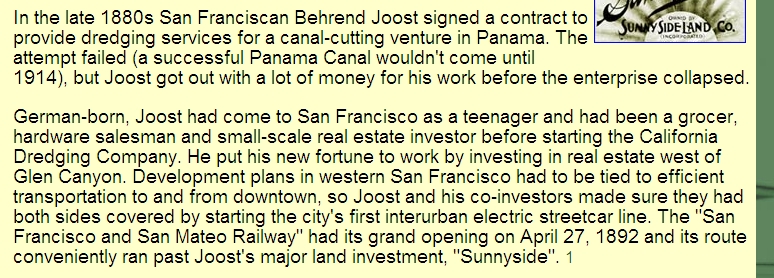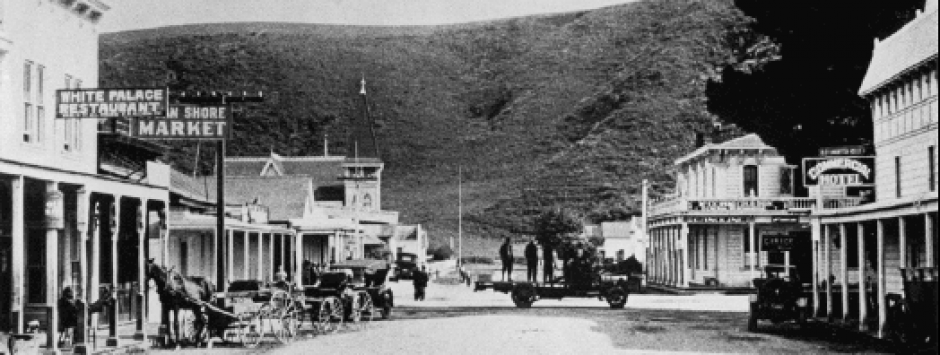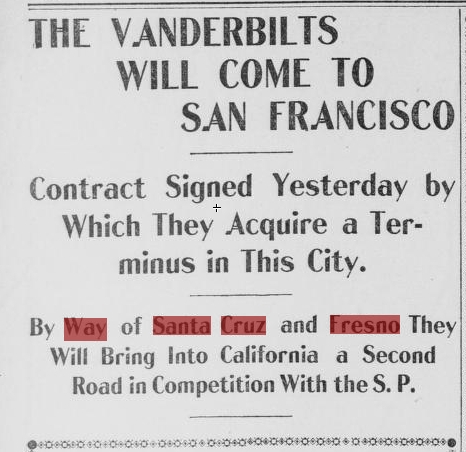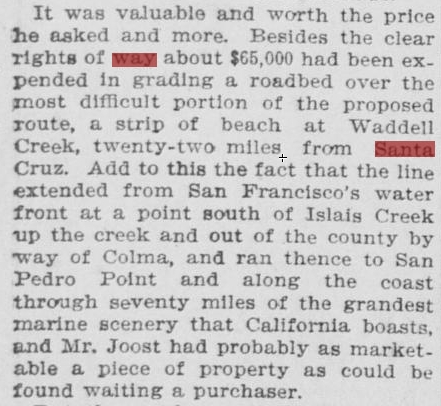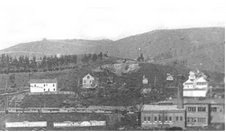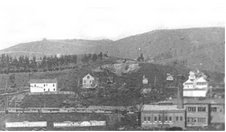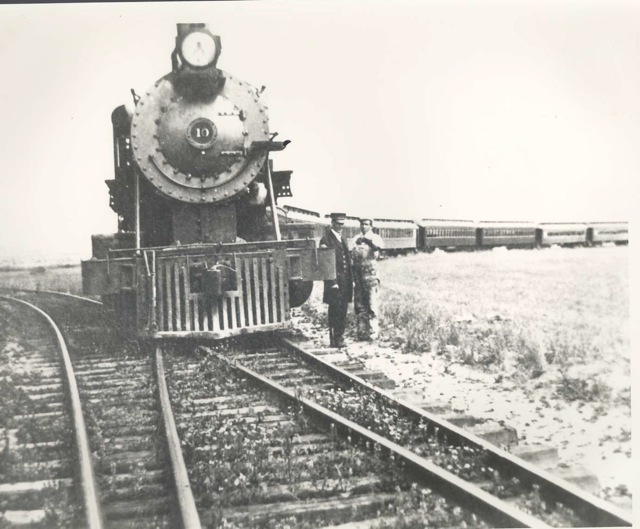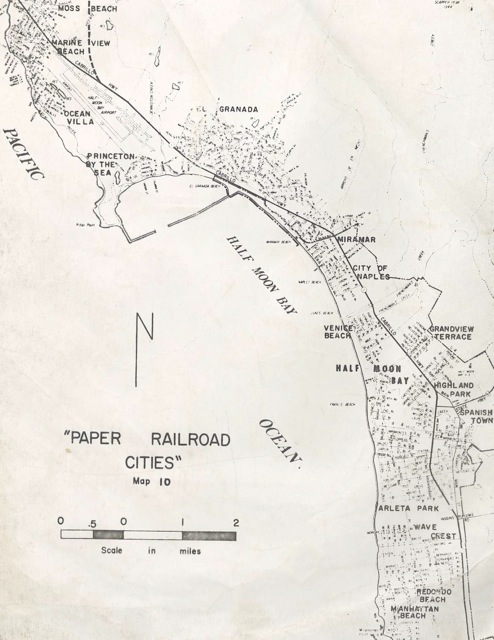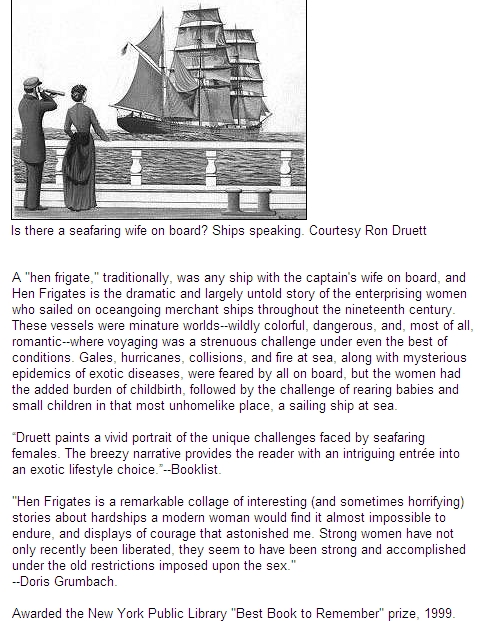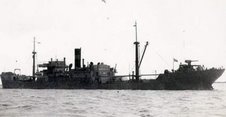I believe the answer to the mystery or at least some of them are exposed at the end of this article. This is presently an Uncorrected Text version, but is resonably readable. Enjoy John
ship had no control. This belief was i
upon the peculiar manner in which
the vessel was handled, almost run upon
rocky r.x-f in the afternoon and again
back over the same dangerous |
• r destruction after the shades j
of night had fallen. The insurance men j
declare that while they cannot see how
t hip couid have been wrecked acci- j
dentally, they are unable to iind a motive
for destruction.
Twice during the fateful day did Cap- ;
Peabody run the ship almost upon
one of the most dangerous reefs on that
‘ ‘ ‘ . and why he should have
■ the second time is what the peo
ple cannot understand. For two uays
the New York was closely watched by A. !
Younker, the manager of the Amesport
wharf, near the end of the bay, it
the small, half-sheltered cove can be so
called. In discussing the movements of
ship Mr. Younker said: “I noticed
the ship on Saturday the day she went 1
i recognised her by her short i
tnp had been broken off. !
■.-.,.- tacking in and out near or norm
Ql thy Pigeon i^oint light, and it did not
to me that she was very far from
(bore. About 12 o’clok on the next
day I saw her for the lirst time a con- :
siderable distance inside of the reef near ‘
buoy No. 3. The sails were all up, but
there were no sisris of distress and a
number oi us wondered why the captain
should take his ship Into such a danger- ;
to hang up there ‘
I then turn and go south !
wind and next put out to sea I
I think the ship must have gone out ‘
twenty miles, for at -sundown we could
just make her out. As the Gipsy haa
tune and anchored in the cove 1
g light out at the end of the ‘
warehouse, as 1 always dv when the
htean er is in the cove or is due The
:’-“: ‘-” ‘ ‘ against the white-washed’
• and can be seen for a j
ut at sea. After a while
‘■■■■ d that the ship waa
shore again, und coniine
– :u as sin’ could be steered :
– Mr – ; l!1((1 attention to the fact ‘
tfithin a distance of a mile south of
the wbarl there are over two dozen farm ‘
m. and said that at night there are
s lights to be seen at the windows
• re were the two riding lights
on the steamer Gipsy. Manuel Simeon was
another who witnessed the strange ma
neuvers of the New York during the ‘
oon and evening, and these obser- ;
were shared by Jesse Valadao i
Frank Martin and Antone Vantura, all
of. whom at times work around the wharf ‘
At the smith end of Spanishtown lives
William Metzgar, opposite whose land the •
■ wreck’ ‘i vessel now lies. Ho was a close!
ier of the movements of the shin 1
during the day and evening, and his nar- I
rativ.- as to the strange conduct of the I
r tallies with the stories told by
those on the wharf and dozens who live
In the town.
The officers of the little coasting steam
er Gipsy, that runs from this port to San
ta Cruz, had a fine opportunity of noting
the movements of the New York, but they
are as badly mystified as any one.
“It was Sunday afternoon about 2
o’clock when I first saw the New York,”
said Captain Iceland of the steamer Gipsy.
. l : ” . between FliUx uad : -a -vs j
“We had passed Pigeon Point and were
making for the company’s wharf. It
was a clear day and we could see nearly
twenty miles. When I sighted the New
lork she was standing in toward the
beach, and I said to the mate, ‘What’s
that fellow doing in there? He’ll run
that ship ashore if he don’t look out.’ Th.3
Gipsy was about half a mile off shore and
the Xew York was on the port tack abuut
a mile and a half from the beach. Just
then he hauled his main topsail back,
but the ship hung fire. I watched him a
few seconds, and then remarked to the
mate, ‘My God, he’s on the reef.’ She
Wing there for about ten minutes, and
tXen her topsails filled and the crew wore
snip and stood off shore.
“In the morning the mate knocked on
my door and said ‘Captain, that ship’s
ashore.’ There she was, sure enough,
piled up almost on the exact point for
which she had been heading the day be
fore.
“I have just this much to say about
that wreck: The man who ran her there
must have been crazy, lie must have
seen Pigeon Point light if he was keep
ing any lookout. When the New York
was tacked and stood off shore the cap
tain must have known where he was. If
he had used his eyes at all he could not
but have seen the Pacific Coast Steam
ship Company’s wharf, the buoys mark
ing the opening in the reef and the one
marking the end of the reef below which
his vessel went ashore. All these signs
should have told h!m where he was, and
therefore I say the man who ran the
New York ashore must have been crazy.
To G. S. Dent, the second mate of the
steamer Gipsy, the movement of the
New York on the Oay that she met her
fate were decide-i.y a mystery. Accord
ing to his statements the ship was nrst
sighted about 2:30 o’clock in the after
noon as the Gipsy was steaming into the
cove of Halfmoon Bay. In speaking of
the singular movements of the ship and
his own impressions he said: “I was on
the bridge and saw the ship coming
straight in, as I thought, on her first in
shore tack. I called Captain Leland and
asked him what he thought of the way
the snip was being handled, v c could
not make out why she should be so close
to the land. At the time we decided that
her captain was somewhat off his course
and wanted to know where he was or
wanted to get a pilot. About that time
we saw that he people on board were
hauling back the main yard and the ship
checked in her course. When she rounded
to she was not more than a quarter of
a mile south of the south reef, the buoy
being to the north of her. This reef ex
tends half a mile. The wind was blowing
pretty fresh from the northwest, just
Course of the New York Before Going on the Feach.
such a breeze as a captain of a vessel like
bis would like.
“I was on deck most of the afternoon,
and about 6:30 o’clock I noticed that the
New York had again tacked and was
standing Inshore. Captain Leland and
tSrst mute, Mr. Peterson, watched her
a lime, and we commented that if
was lucky she would be able to pass
point on that tack.”
t hat was the condition of the wind?”
asked of Mr. Dent, to which he an
cl: “It was blowing pretty stiff from
northwest all of the afternoon, but
so hard as to make the handling Of a
ship at all difficult.”
“And the condition of the atmosphere,
was it foggy or misty, so that the “captain
could not see where he was going?”
“Pshaw, nothing of the kind. The
weather was as clear as a day could
be,” was the mate’s reply. “The night
was as cle:u” as the day. At 7 o’clock
in the evening 1 plainly saw the Pigeon
Point light, which is eighteen miles down
the coast. If we could see that light so
far down the coast I do not understand
Rthe captain of the ship could not see
two lights where we lay at anchor,
had our riding Fights up fore and aft.
des there was a big light on the end
le wharf and back on the shore could
seen dozens of lights in the town,
Spanishtown. Still the captain of tha
New York kept right on, lights and all,
until he piled his ship up on the beach,
where she now lies. I cannot see for the
life of me how it was that he could have
made such a mistake. It would have
been inexcusable for him to have made
such a mistake in the night time, with
all the lights in full sight, but to do as
he did after nearly going on the reef in
the afternoon is more than I can com
prehend. When he found, In the after
noon, that he was in a locality in which
he had no business It was his duty to
have got out of there as fast as his
sails would carry him. But he did not,
and his ship is now on the beach.”
Captain Peabody of the New York la
still at Spanishtown. He acknowledges
that the loss of the ship Is as much ofl
a mystery to him as to any one else.
Yesterday he said that on the day pre
ceding the wreck he was beating on and
off the coast west of Pigeon Point light,
and could not make any headway against
the wind. It took him about twenty-four
THE SAN FRANCISCO CALL, WEDNESDAY, APRIL 6, 1898.
hours to get up opposite Halfmoon Bay,
and the reason he gave for going in so
close to the land was that the weather
was hazy and he could not make out the
shore well.
When he found that he was in a dan
gerous neighborhood he “wore” ship and
headed for the deeper and safer west. “I
stood off until 4:30 p. m.,” said he, “and
judged from the patent log that I was
about twenty-two miles out. Then I
tacked and headed for the Point Bonlta
light, as I supposed. All of the time the
wind was blowing very hard and the
weather was thick and we could not see
very far. I went aloft to try and find the
light I was expecting to see, and off to
the land side I saw a white line of break
ers. I shouted to throw the helm over,
but the ship would not answer, and we
went broadside into the breakers. There
was nothing for me to gain and every
thing to lose by wrecking the ship. As it
whs my wife and I lost everything we
had. I did not own a cent interest in the
Now York, and the owners, L. Lucken
bach & Bros, of New York City, are the
most responsible people in this line of
business. Some of these ugly stories have
been circulated by the sailors. No sooner
had they got safe on shore than they got
beastly drunk. Every one from the town
brought a bottle of liquor and nearly
every sailor got all .that his hide would
hold. Even the second mate. Wilson, was
dead drunk on the sand within eight feet
of the water’s edge when I got ashore in
the morning after the ship went on.”
The New York was an iron ship, built
in ISS3. Her cargo was valued at $125,000
and Insured in this city and Hongkong
for Its full value. The vessel was valued
at about $3S.O<X> and Insured in New York
for about $30,000 in the Atlantic Mutual,
Boston Marine and North American com
panies. _____________
